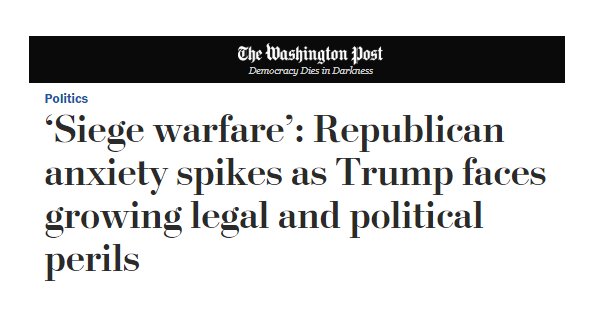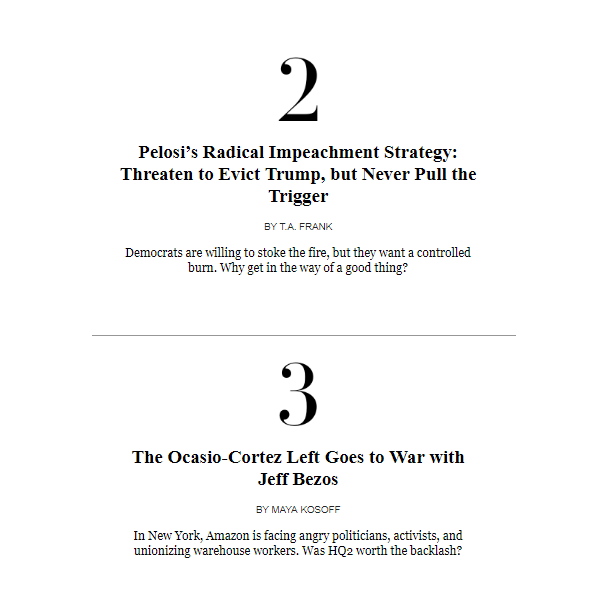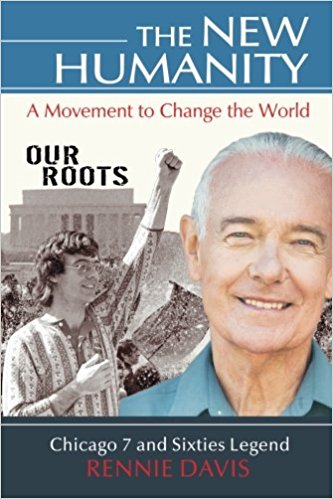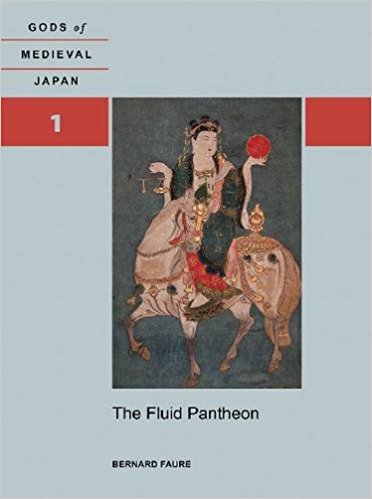[ by Charles Cameron — an olla podrida or highly spiced Spanish-style stew ]
.
Holi Festival:
Today is Holi Festival for those who celebrate it, the day on which we color each other in dyes in honor of Prahlad, a child devotee of the Supreme Beloved:

Accordingly, I wish that all may be drenched in the colors of devotion this Holi, most joyful of festivals!
**
Omertà:
For a taste of something very different — there has been considerable discussion recently of Paul Manafort‘s seemingly obstinate refusal to plead to Mueller’s charges and save (salvage) at least some of his skin by becoming a cooperating witness rather than an overwhelmingly indicted criminal in the Russian influence affair.

What I haven’t seen suggested is that the man may be following a code: specifically omerta:
a code of silence about criminal activity and a refusal to give evidence to authorities.
Particularly if his Mafia bosses happen to be rough and Russian.
**
Hope Hicks:
There’s an intense Vox piece on the sexism to be found in a plethora of press reports on Hope Hicks. The provocative title: When does Hope Hicks get to be a “wunderkind” instead of a “former model”? And the provocative fact:
None of this coverage mentioned the salient fact that Hicks’s modeling career spanned ages 10 to 16. She landed the Ralph Lauren deal at age 11. By 16 she had quit her part-time modeling job to focus on her true passion, lacrosse.
I nwon’t get into the sexism issue, but that “salient fact” does seem to put much of the “former model” language in its place.
Hick is, however, still model-style gorgeous at 29 — as seen in this photo in which she’s on her way to testify to the House Intelligence Committee:

Given Donald Trump‘s known eye for beautiful women, isn’t Hope Hicks‘ beauty too a “salient fact”?
**
Language lesson
Under the title McMaster Gives a Belated Russian Lesson, Foreign Policy introduces us to the words maskirovka — military arts by deception — and vranyo. The latter is best explained by the verbal spiral I commented on yesterday:
A Russian friend explained vranyo this way: ‘You know I’m lying, and I know that you know, and you know that I know that you know, but I go ahead with a straight face, and you nod seriously and take notes.’
**
Bluff or threat?
That’s the question Putin’s recent claims sets before us, and an item in Australian BC’s Is Vladimir Putin bluffing or should we be worried about his new ‘miracle weapons’? caught my eye — a quote from our own Nuclear Posture Review:
its [Russia’s] “escalate to de-escalate” doctrine implies it might respond with nuclear weapons in any conventional war.
You know my preoccupation with pattern? Okay, “escalate to de-escalate” has ann exact opposite in French:

Now almost as familiar in English as in French, “reculer pour mieux sauter” — which I imagine is originally an equestrian show-jumping expression — means to step backwards, the better to leap (forwards).
A Pattern Language for Strategy, check!
**
Trump, Guns, and Golf
The entire text of Kevin Drum‘s Mother Jones article under that title reads:
Hey, did Donald Trump ever sign that executive order allowing guns at all his golf resorts, like he promised to do? Just wondering.
Well, did he?






















